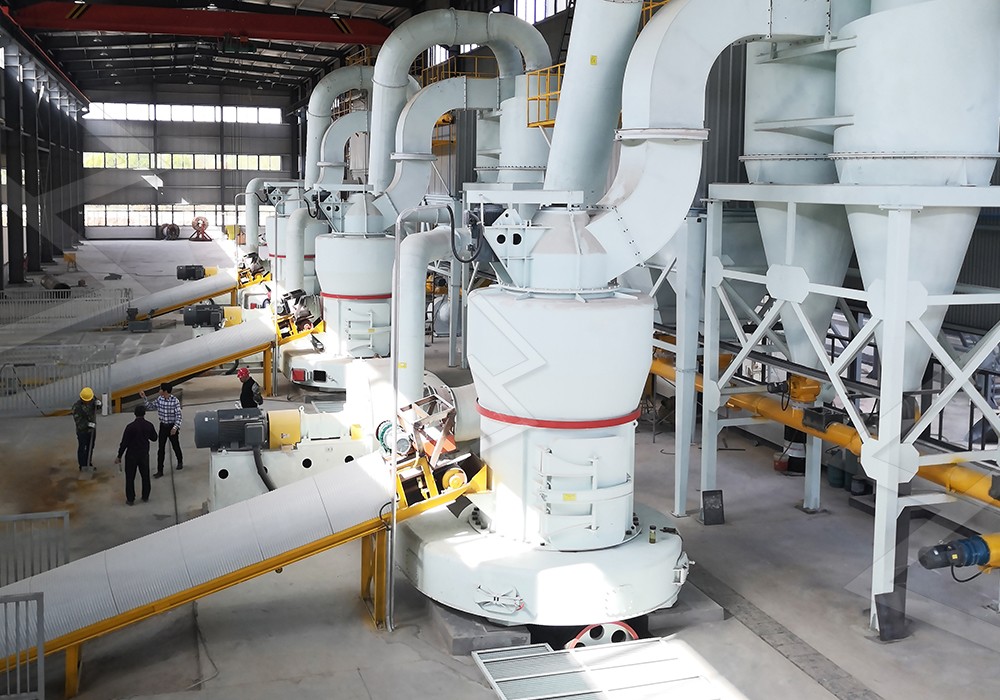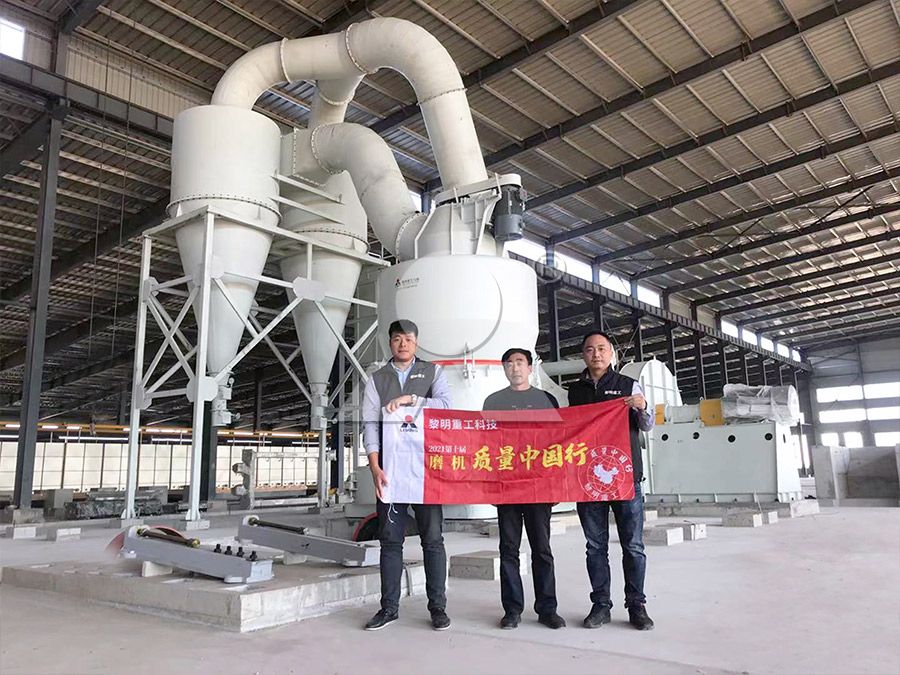Common Problems and Solutions for Conveyor Belts in Stone Grinding Machines
We provide a wide range of mills — including Raymond mill, trapezoidal mill, vertical mill, ultrafine mill, and ball mill, obtained ISO9001 international quality certification, EU CE certification, and Customs Union CU-TR certification. Suitable for processing minerals such as limestone, phosphate, quicklime, kaolin, talc, barite, bentonite, calcium carbonate, dolomite, coal, gypsum, clay, carbon black, slag, cement raw materials, cement clinker, and more.
The discharge range of these mills can be adjusted to meet specific processing needs, typically from 80-400 mesh, 600-3250 mesh, and can achieve the finest particle size of up to 6000 mesh(D50).
If you are looking for a reliable grinding solution to turn stone or minerals into fine powder, please feel free to contact our online customer service.
Common Problems and Solutions for Conveyor Belts in Stone Grinding Machines
Conveyor belts are the lifeline of any stone grinding operation, responsible for the consistent and efficient transport of raw materials to grinding mills and finished products to collection points. Over years of field experience and customer feedback, we’ve identified several recurring issues that plague conveyor systems in these demanding environments. Understanding these challenges and their solutions is crucial for maintaining optimal production efficiency.
![]()
Material Spillage and Containment Issues
One of the most frequent complaints we encounter involves material spillage along conveyor routes. This not only creates housekeeping nightmares but represents significant product loss over time. The root causes typically include improper loading techniques, inadequate skirt board systems, or belt misalignment. For operations processing materials like limestone or dolomite through equipment such as our MW Ultrafine Grinding Mill (with input size 0-20 mm and capacity 0.5-25 tph), even minor spillage can accumulate into substantial material loss given the high-value nature of ultrafine powders.
Solution: Implement multi-stage sealing systems with durable rubber skirts and impact bars at loading zones. Regular inspection of skirt rubber for wear and proper adjustment of tensioning systems can reduce spillage by up to 90%. For facilities using our MW Ultrafine Grinding Mill, which produces powders between 325-2500 meshes, containing these fine materials requires particular attention to sealing effectiveness.
Belt Tracking Problems
Improper belt tracking remains a persistent headache for maintenance teams. When belts run off-center, they contact conveyor structure components, causing edge damage, material spillage, and potential belt rupture. The consequences extend beyond the conveyor itself – misaligned belts can deliver materials unevenly to grinding equipment, affecting processing efficiency and final product quality.
Solution: Install self-aligning idlers with training rolls that automatically correct minor tracking issues. Establish a routine inspection schedule to check pulley lagging, idler condition, and belt tension. For operations utilizing our LUM Ultrafine Vertical Grinding Mill (input size 0-10 mm, capacity 5-18 tph), consistent material feed is critical to maintaining the precision grinding process and achieving the desired product fineness.

Premature Belt Wear
The abrasive nature of stone materials makes conveyor belts particularly susceptible to premature wear. This manifests as cover wear, gouging, or ply separation, significantly shortening belt service life. The financial impact extends beyond replacement costs to include downtime and lost production.
Solution: Select belts with appropriate cover compounds specifically designed for abrasive materials. Ensure proper pulley diameters to minimize bending stress and implement impact beds at loading points to absorb material impact. Regular cleaning to prevent material buildup between the belt and pulleys also extends service life considerably.
Carryback and Cleanliness Concerns
Material carryback occurs when fine particles adhere to the belt surface and transfer to the return side, accumulating on idlers, pulleys, and conveyor structure. This not only creates maintenance issues but can contaminate different product batches in multi-material operations.
Solution: Install high-quality primary and secondary cleaning systems. Primary cleaners should contact the belt at the discharge point, while secondary cleaners address remaining residue. For operations processing ultra-fine materials like those produced by our MW Ultrafine Grinding Mill, which features efficient pulse dust collection, maintaining clean conveyor systems is essential to preserving the environmental benefits of the closed-loop grinding system.

Component Integration for Optimal Performance
Beyond the conveyor itself, how the belt system integrates with processing equipment significantly impacts overall efficiency. Proper transfer point design ensures material flows smoothly between equipment without bottlenecks or degradation. This is particularly important when feeding precision grinding equipment like our LUM Ultrafine Vertical Grinding Mill, where consistent feed rate and material distribution directly affect grinding efficiency and product quality.
Frequently Asked Questions
What’s the most common cause of conveyor belt failure in stone grinding operations?
Misalignment accounts for approximately 40% of premature belt failures. Regular tracking checks and immediate correction of minor deviations can prevent most alignment-related issues.
How often should conveyor belts be inspected?
We recommend visual inspections at the beginning of each shift, with comprehensive mechanical inspections weekly. Documentation of findings helps identify developing trends before they become critical failures.
What belt characteristics are most important for stone grinding applications?
Abrasion resistance, proper tensile strength, and impact resistance are paramount. The specific combination depends on material characteristics and operating conditions.
How does conveyor performance affect grinding mill efficiency?
Inconsistent feed rates or material distribution can disrupt the grinding bed in mills, reducing efficiency and potentially causing vibration issues. Proper conveyor operation is essential for optimal mill performance.
Can conveyor issues affect final product quality?
Absolutely. Contamination from belt wear, inconsistent feed rates affecting particle size distribution, and cross-contamination from inadequate cleaning can all impact product specifications.
